Social media is a powerful platform for reaching large audiences, but capturing engagement is becoming harder. Duplicate content strategies can help, but it's crucial to understand what repetitive content is and how often to share it. This guide explores the pros and cons of duplicate content and provides tips for optimal sharing frequency.

What is Duplicate Content?
Let me take you back a few months. I had just finished writing a blog post that I was incredibly proud of. It was packed with insights and tips that I knew my audience would love!
I shared it on Facebook, and then I waited..
And waited...
But the post didn’t get the engagement I was hoping for. Frustrated, I decided to share it again a few days later, this time on Twitter. To my surprise, it started gaining traction.
That’s when I realized the power of duplicate content—sharing the same content more than once, like re-posting the same text, image, or video at different times or on different platforms.
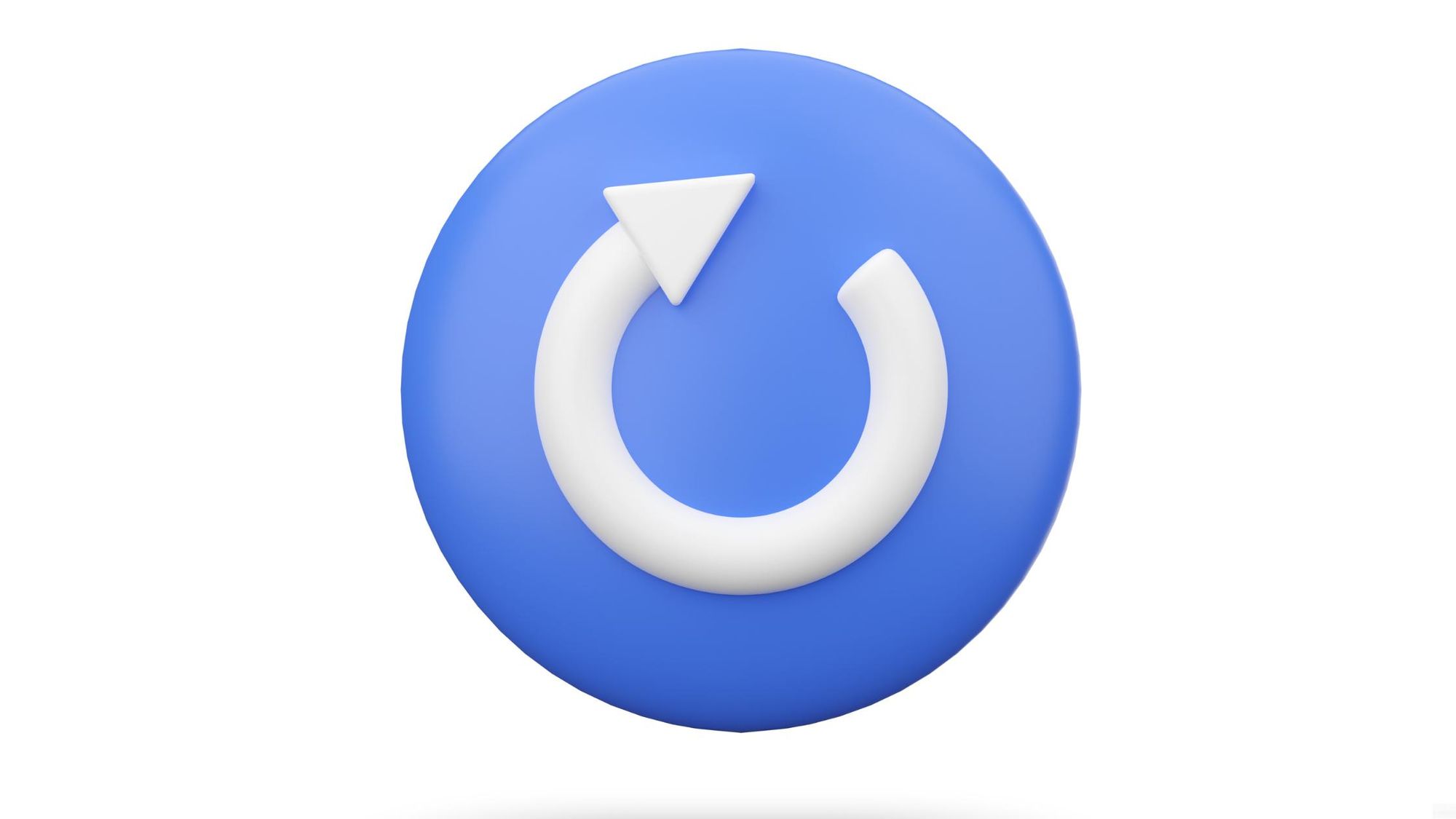
I. Advantages of Duplicate Content
As I started experimenting more with duplicate content, I noticed some significant benefits:

Reaching Followers in Different Time Zones
Not all of my followers are active on social media at the same time. By resharing the content, I could reach my followers who were online at different times, ensuring my hard work got the attention it deserved. It was like finding a new audience with every repost.
For example, you might publish a post on Twitter. If you know the time zone for most of your followers, you can share at the best time to get the maximum benefit!
Circleboom's Tweet Mapper allows you to see ⬇️ the time zone distribution of your Twitter followers and friends.

Increasing the Visibility of Content
There were times when a post didn’t get much love the first time around. But when I reshared it, suddenly it started gaining traction. Resharing increased the content's visibility and engagement, giving it a second, third, or even fourth chance to shine.
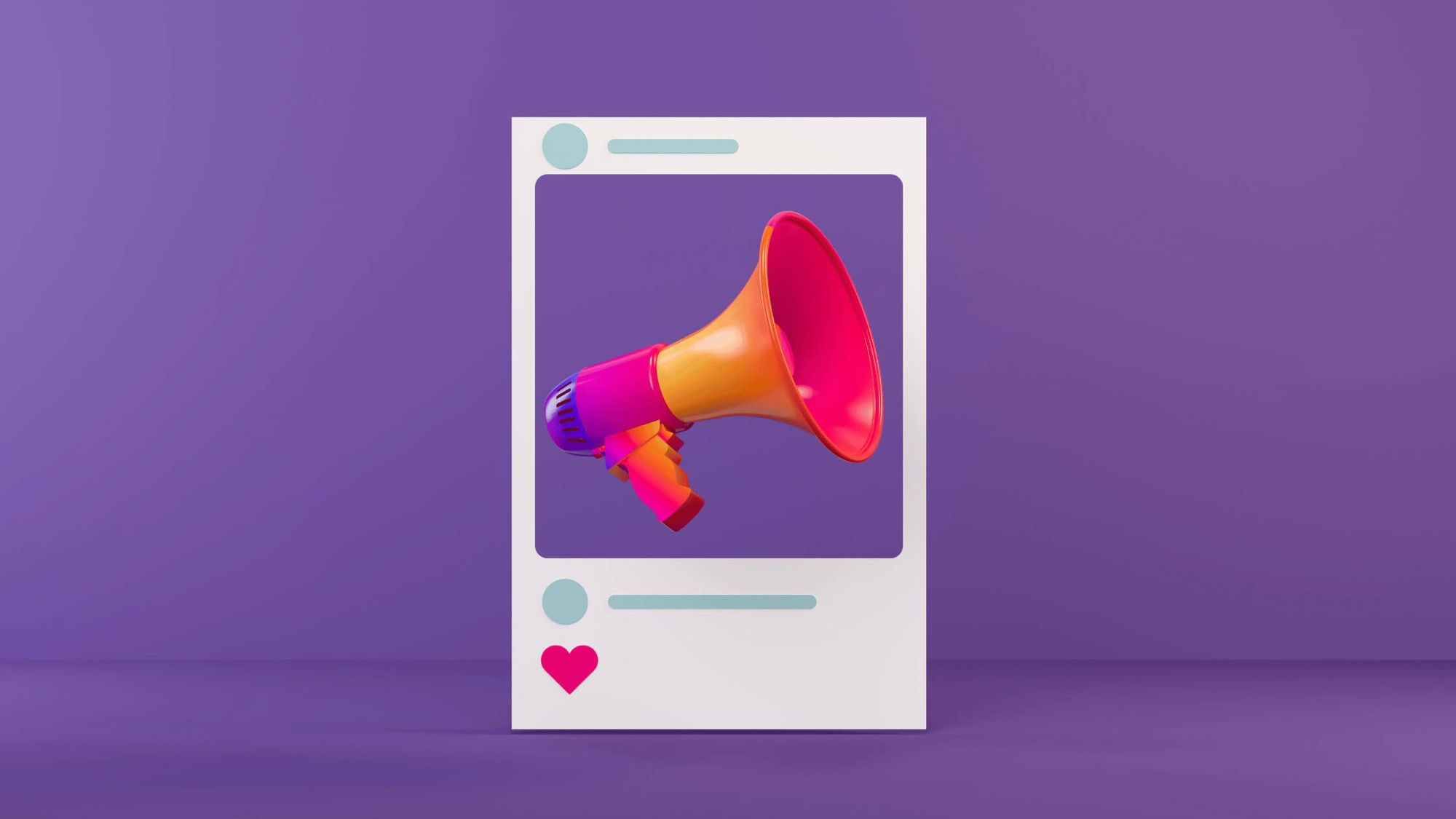
Follower Mass Access to the Same Content on Different Platforms
Not every follower is active on all platforms. By sharing the same content on Facebook, Twitter, LinkedIn, and Instagram, I could reach a wider audience without reinventing the wheel each time. It was a game-changer for my social media strategy.
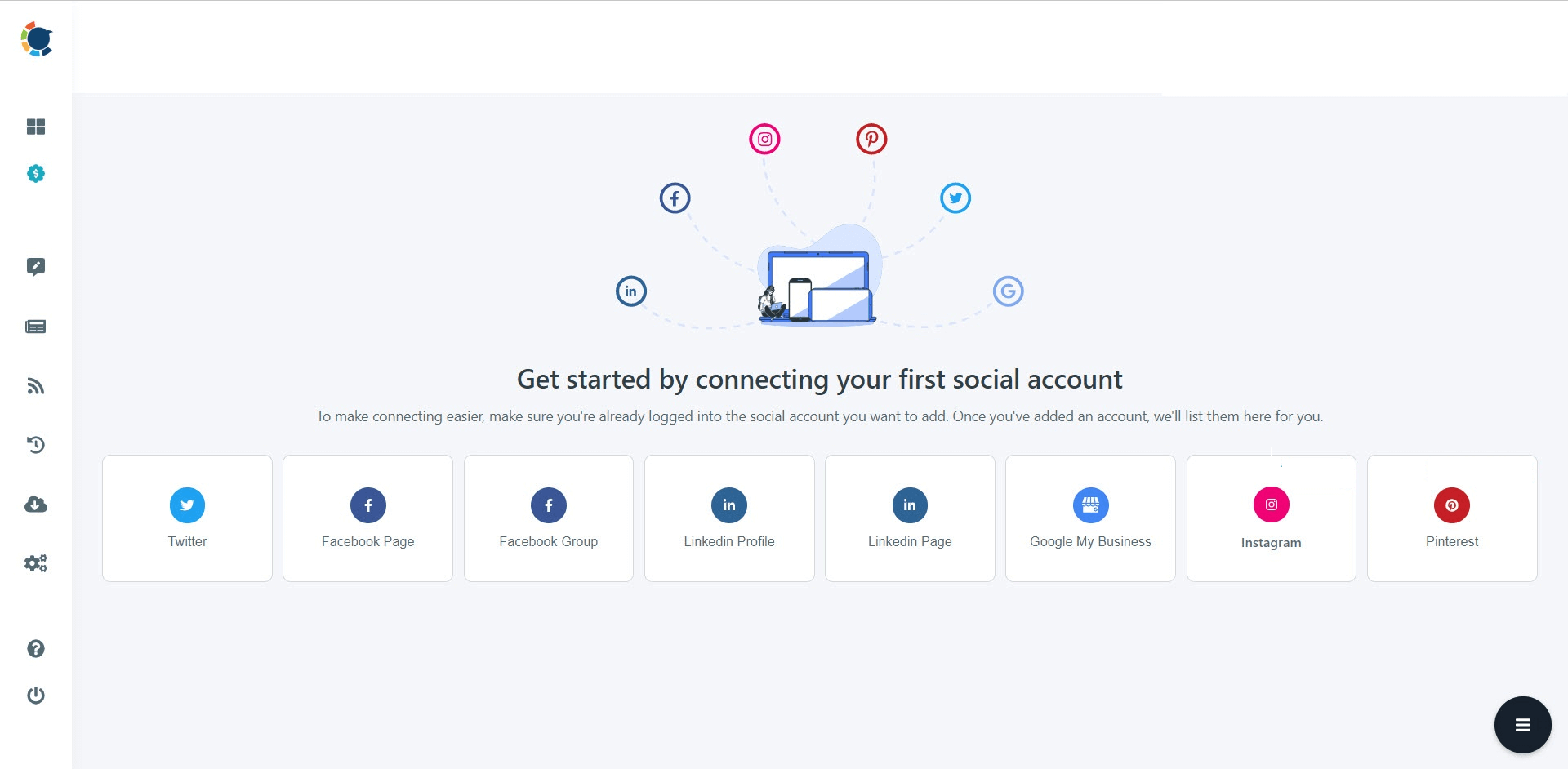
II. Disadvantages of Duplicate Content
However, I also learned that duplicate content isn’t all sunshine and rainbows. Here are some of the downsides I encountered:
Risk of Losing Followers
One day, I noticed a drop in followers. Constantly seeing the same content can bore your audience and cause you to lose them. I learned this the hard way when I realized I had overdone it with repetition.
Possibility of Being Detected as Spam by the Algorithm
Social media algorithms are pretty intelligent. They can perceive constantly repeated content as spam, which might reduce the visibility of your posts. It’s frustrating, but it’s a reality we have to work around.

Risk of Losing the Originality of the Brand
Repetitive content can damage your brand's originality and creativity. I’ve always prided myself on creativity, and nothing stings more than seeing your brand become monotonous.
How Often Should Duplicate Content Be Shared?
Deciding how often to share duplicate content required analyzing the habits of my target audience and understanding where they were most active. Each platform has its dynamics, and it’s essential to consider these when planning your sharing frequency.
Based on my personal experiences with social media management and content sharing, I've developed a set of recommendations for sharing duplicate content effectively across various platforms. Over time, I've learned what works best for maintaining engagement and avoiding the pitfalls of spam detection and follower fatigue. Here are my personal experience-based recommendations for the optimal times to share duplicate content on different social media platforms:
How often you should post duplicate content on Facebook:
- Duplicate content can be shared after 5 days to avoid being detected as spam and to keep the audience engaged without causing fatigue.
How often you should post duplicate content on Twitter:
- Duplicate content can be shared more frequently due to the fast-paced nature of the platform. Sharing the same content after 2-3 days is generally acceptable.
How often you should post duplicate content on LinkedIn:
- Duplicate content should be shared with caution. Reposting the same content after 7 days can help maintain visibility without risking spam detection or follower loss.
How often you should post duplicate content on Instagram:
- Reposting after 3 days is recommended. However, to avoid follower fatigue, the content must be visually appealing and engaging.
How often you should post duplicate content on Pinterest:
- Pinterest allows for duplicate posting without limitation. However, to keep the content fresh and engaging, it's advisable to wait at least 14 days before reposting.
How often you should post duplicate content on Google Business Profile:
- Reposting content after 3-4 days can help maintain visibility and engagement without being flagged as spam.
However, despite following these recommended intervals, I sometimes still faced issues with my posts being detected as spam. This led me to seek a more robust solution for managing duplicate content. I discovered Circleboom Publish, a platform that includes a fantastic "Duplicate Content Checker" tool. Which I will mention after a while.

Why is having duplicate content an issue for SEO?
One night, after noticing a significant drop in organic traffic, I dove deep into the world of SEO. Duplicate content can be a nightmare for SEO. Search engines aim to provide users with the most relevant and original content. When they see the same content multiple times, they can get confused about which version to prioritize. This can lower the rank of all versions, diluting your content’s visibility and reducing organic traffic. A SERP checker can help you track these changes and take action to improve your rankings.
Moreover, duplicate content can lead to a poor user experience. Users don’t want to see the same thing over and over, and this can harm your site's reputation and decrease engagement. It’s essential to manage duplicate content effectively and ensure your strategy aligns with SEO best practices. A reliable SEO agency can provide expert guidance in identifying and resolving duplicate content issues, ensuring optimal search engine performance.
How do you avoid being detected as spam by the algorithm?
Since each platform has different duplicate content policies, knowing these policies and planning your content is essential.
The following section includes details about the use of duplicate content on popular social media platforms such as Facebook, Instagram, LinkedIn, Pinterest, Twitter, and Google Business Profile and the solutions offered by Circleboom Publish.
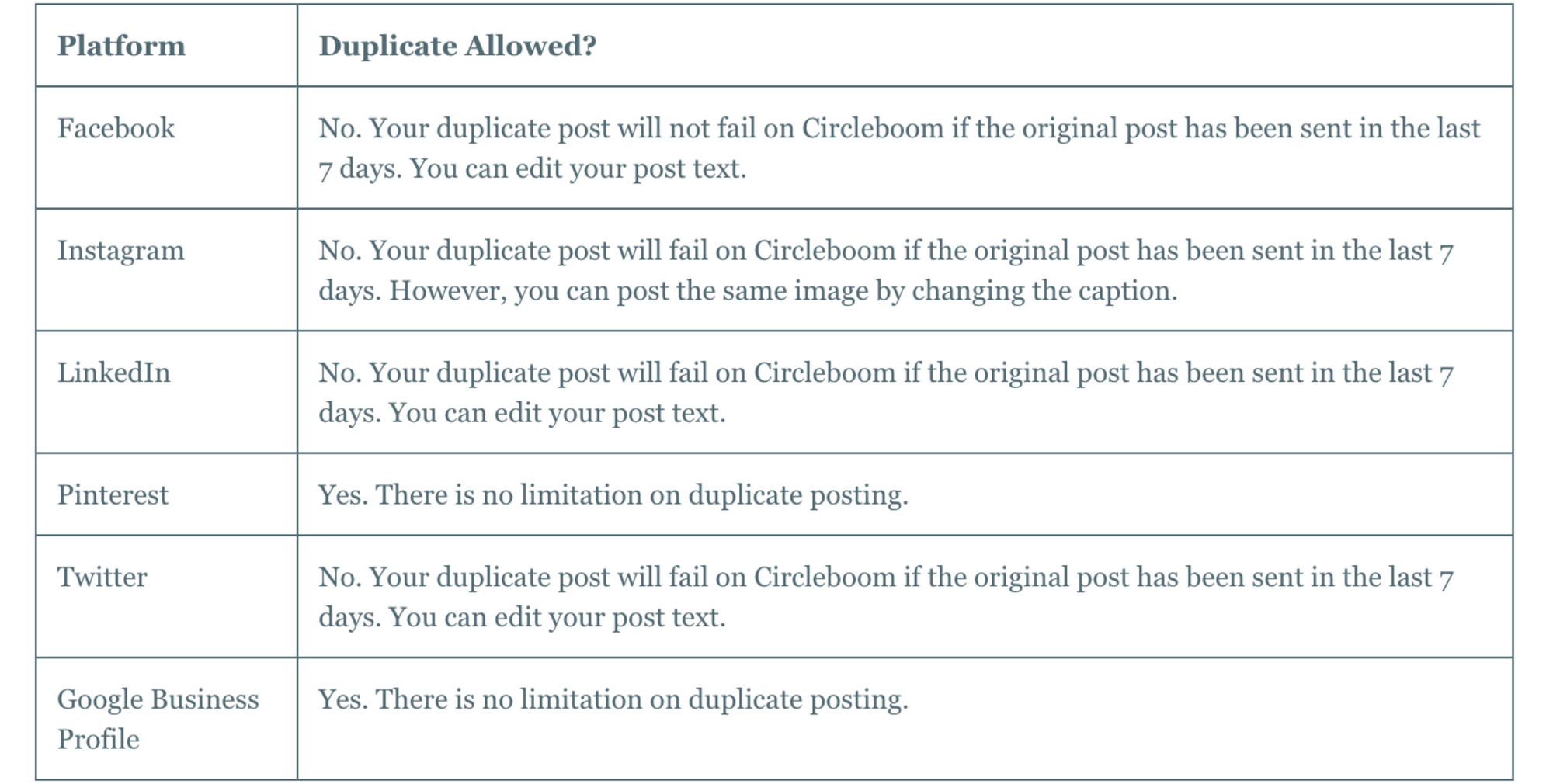
In light of this information, you can deliver your content to larger audiences without being perceived as spam.
Duplicate Content Checker by Circleboom
Let me introduce you to a tool that has been a game-changer for me: Circleboom Publish. This platform includes a fantastic "Duplicate Content Checker" tool. It helps me identify and manage duplicate content effectively. With Circleboom's "Duplicate Content Checker," I ensure my posts remain unique and engaging, reducing the risk of being flagged as spam.
Here' step-by-step explanation of how to duplicate a post on Circleboom and how Duplicate Content Checker works:
Step #1: Open your browser and land on Circleboom Publish.

Step #2: On the first page, you'll find options for Twitter, Facebook, LinkedIn, Google My Business, Instagram, and Pinterest.
You can link your accounts to the Circleboom Social Media Management dashboard to schedule posts on your social media account.
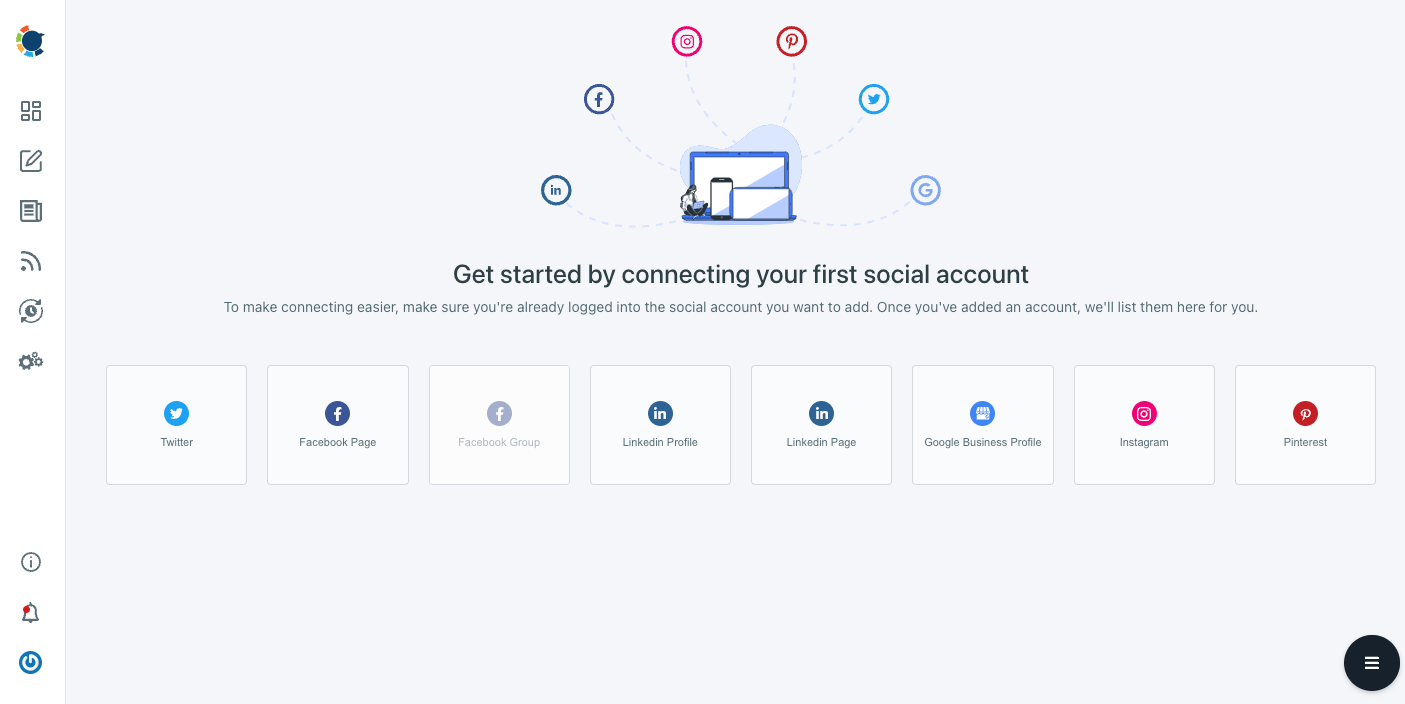
Step #3: After clicking "Create New Post," you can easily start creating your post.

Step #4: Click on the ''Accounts'' section to choose between your connected accounts.

Step #5: Select the platform and account you want to share with.

Step #6: After creating your post, just press "Post Now"

Step #7: To repeat a shared post, you can enter "Sent Items" on the left side of the screen.

Step #8: Click on the "Reschedule" button under the "Repost" section on the right side of the screen.
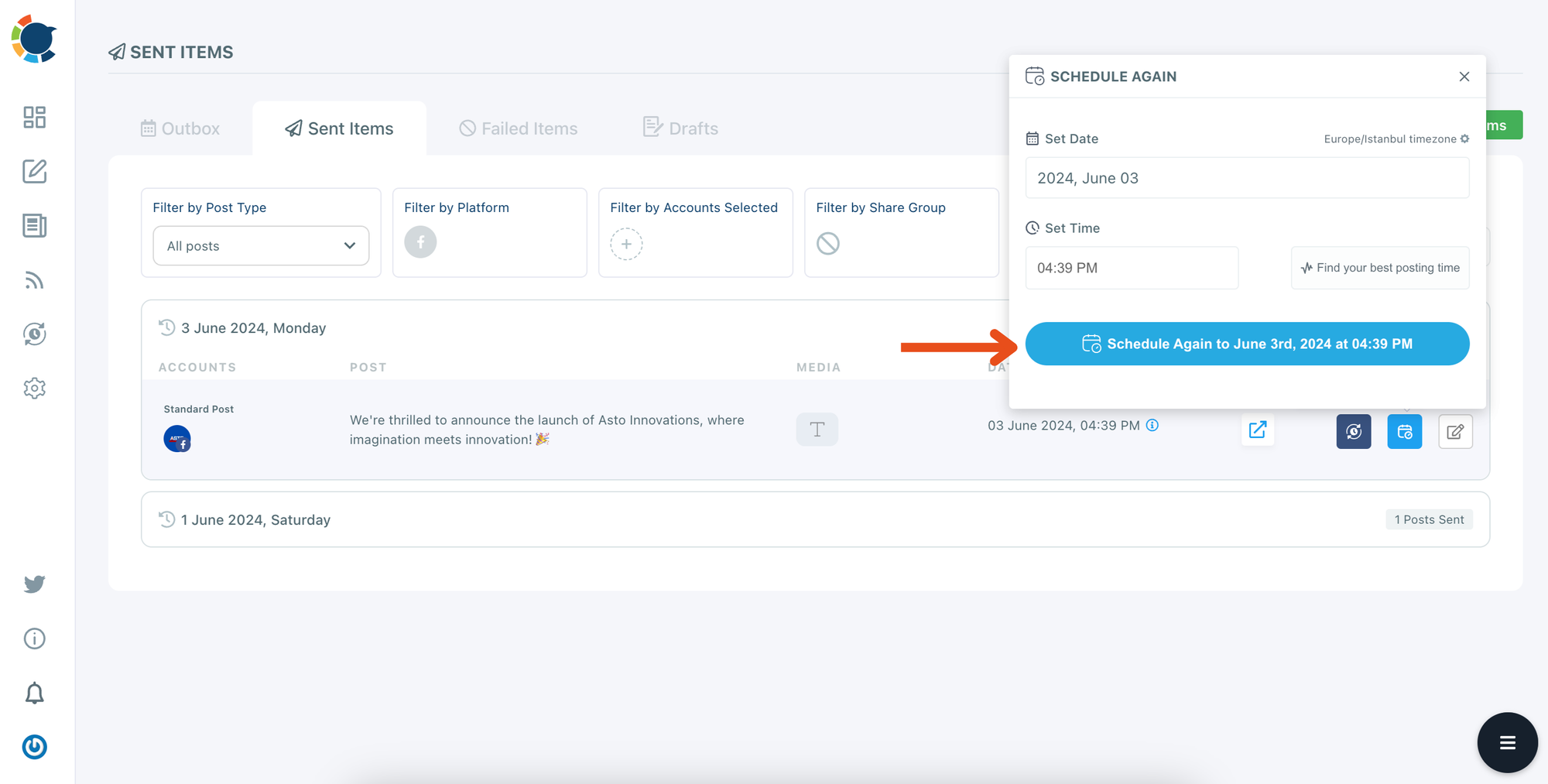

Final: If 7 days have not passed since the post was shared, Circleboom Publish will automatically issue a warning.
Depending on this, you can schedule your post for a later date.

Conclusion
Duplicate content can be a valuable asset in your social media strategy, helping you reach followers in different time zones, boost content visibility, and engage audiences across multiple platforms. However, it also comes with challenges, such as the risk of follower fatigue, being flagged as spam, and losing brand originality.
To effectively use duplicate content, it’s crucial to understand each platform's guidelines and your audience's habits. Circleboom Publish offers essential tools and insights to help you navigate these complexities. With Circleboom, I can manage my content strategy to keep it fresh and engaging, while avoiding spam detection. Utilizing these strategies and continuously monitoring my performance has ensured my social media efforts are successful and impactful.
By leveraging Circleboom's innate "Duplicate Content Checker" tool, I maintain the originality of my content and optimize my social media strategy for better engagement and reach.
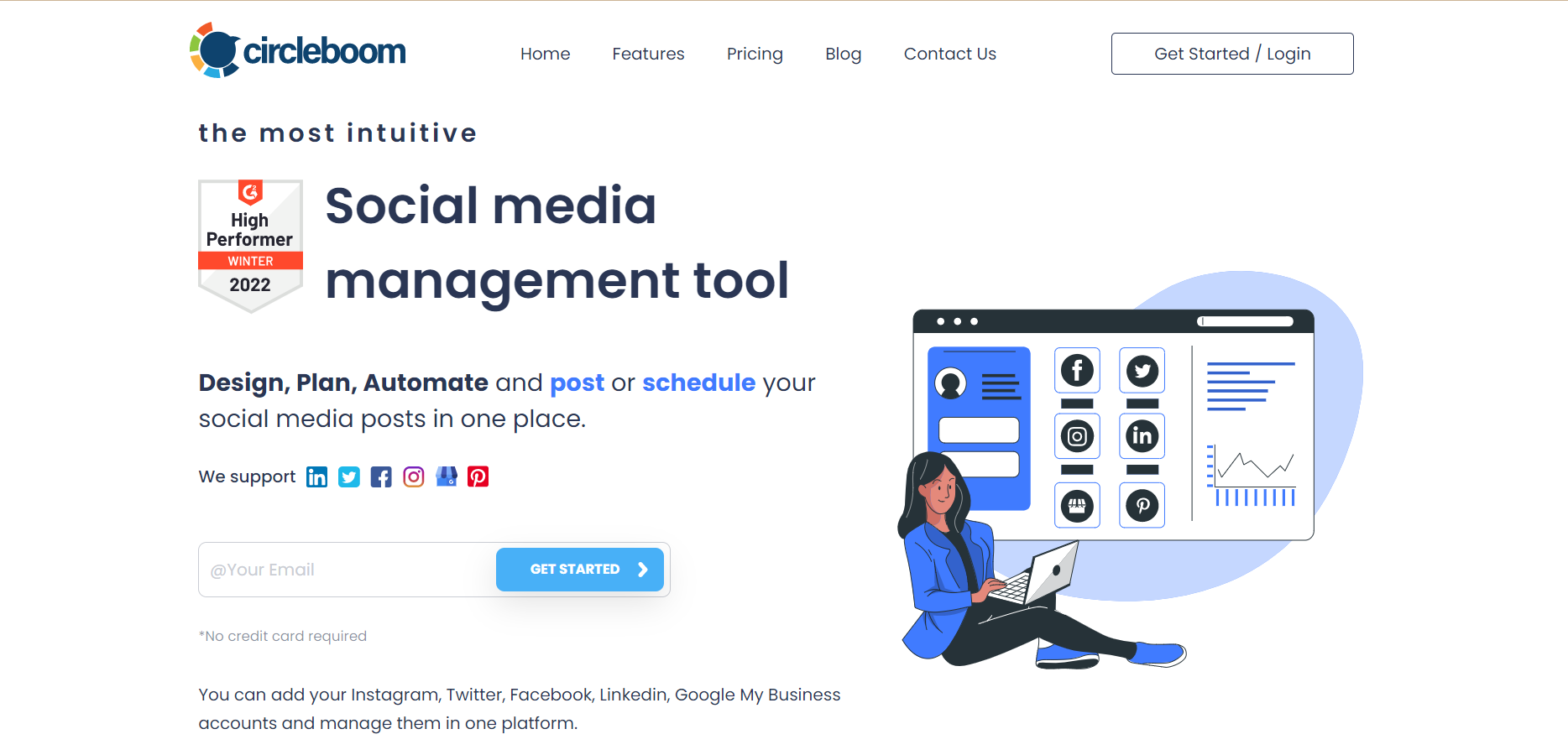
Circleboom Publish
Circleboom supports Twitter, Facebook, Instagram, Pinterest, LinkedIn, Google Business Profile, YouTube, and TikTok (soon).






